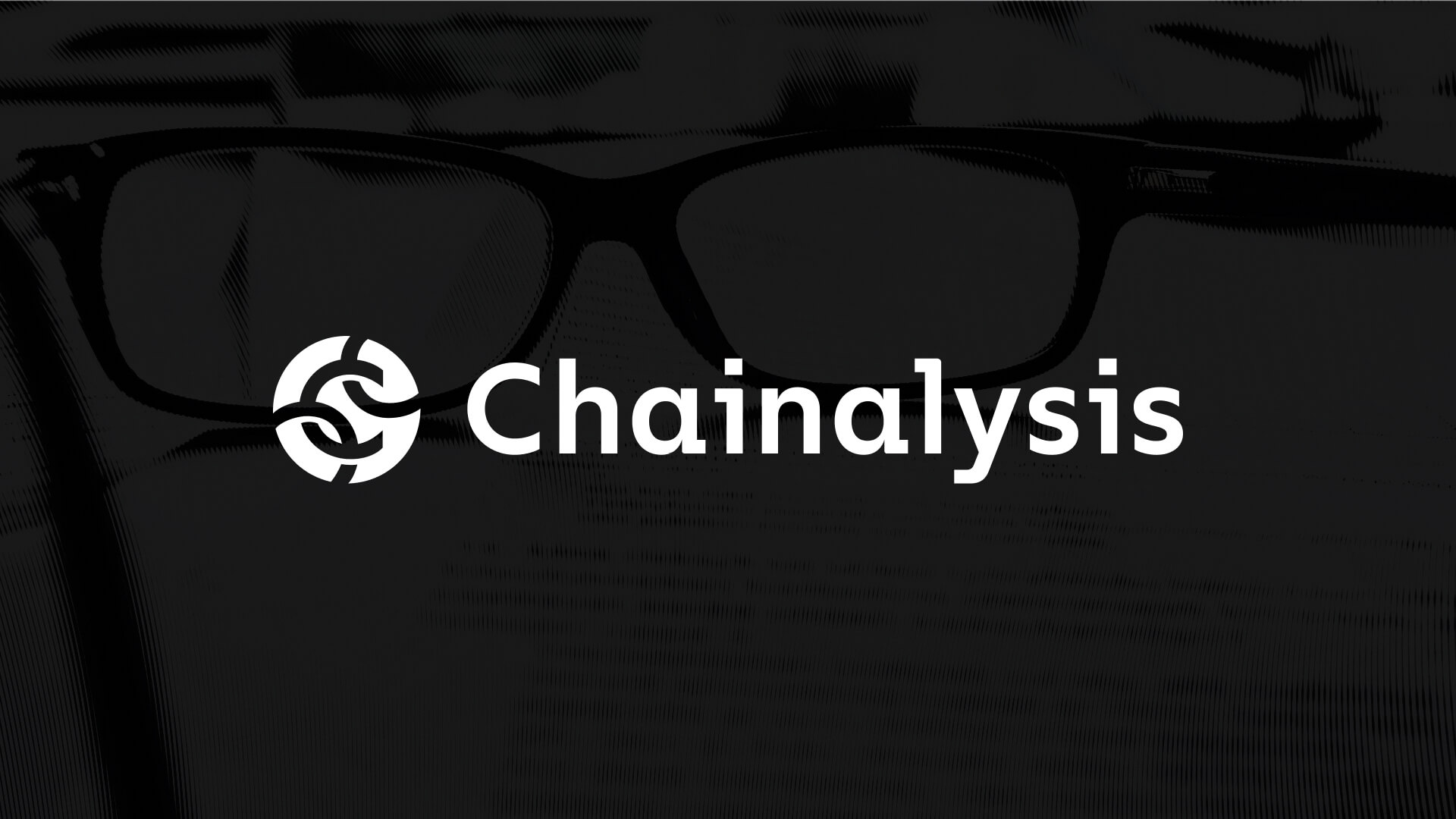Chainalysis recently published its fourth annual research synthesis work, featuring its Global Crypto Adoption Index. The research report shows a range of on-chain data and real-world data on countries leading in grassroots crypto adoption.
The results show Asian and African countries in the lead, particularly in terms of retail crypto services and average amount value received from decentralized finance.
The research methodology provides a comprehensive picture by combining five distinct metrics, from on-chain values received at centralized and decentralized (DeFi) exchanges to peer-to-peer (P2P) trade volume. All these metrics are fine-tuned by variables like purchasing power parity (PPP) per capita, providing a more nuanced view of actual grassroots adoption.
While web traffic patterns to cryptocurrency services and protocol sites are used to derive transaction volumes, Chainalysis acknowledges the potential shortcomings due to VPN use. Still, with data encompassing hundreds of millions of transactions and 13 billion web visits, the firm believes in the robustness of its findings.
tops the index, ranking first overall, despite ranking only 5th in P2P exchange trade volume ranking. , , . and follow suit, with and the ranking 6th and 7th overall.
According to Chainalysis, a key finding in the study is how the aforementioned countries which represent Central and Southern Asia and Oceania as a region are rapidly becoming major players in the crypto space. Despite this change, however, each country within the region showcases different adoption patterns, influenced by unique usage trends and the popularity of specific services (which differs on a case to case basis). In a previous report, Chainalysis highlighted region (Middle East & North Africa), in particular from Turkey and Egypt.
Chainalysis claims that on a global scale, has witnessed a downturn. Yet, when zooming in on lower middle income (LMI) countries (as classified by the World Bank) based on gross national income (GNI) per capita, a different narrative emerges. LMI countries, which encompass nations like India, Nigeria, and Ukraine, have seen a robust rebound in grassroots crypto adoption. Remarkably, they are the only economic bracket whose crypto engagement levels now exceed those of Q3 2020.
This rise in LMI countries is significant, given that they represent 40% of the global population and are often characterized by dynamic economies and growth potential. The data suggests that as this demographic grows more active in crypto, shaping policy and adoption to suit their specific needs is a necessity for crypto platforms and services to adapt to the market's shifting needs.
On this note and by contrast, high-income nations such as the US, , and , have been consistently pushing forward for institutional crypto adoption.
It's a stark contrast to what's been happening on the grassroots level for emerging economies. Such a contrast signals one or two things: crypto can be for anyone and is for everyone, but the regulatory oversight that and implementation for crypto may hinder participation across a diverse socio-economic spectrum.
Investment Disclaimer















